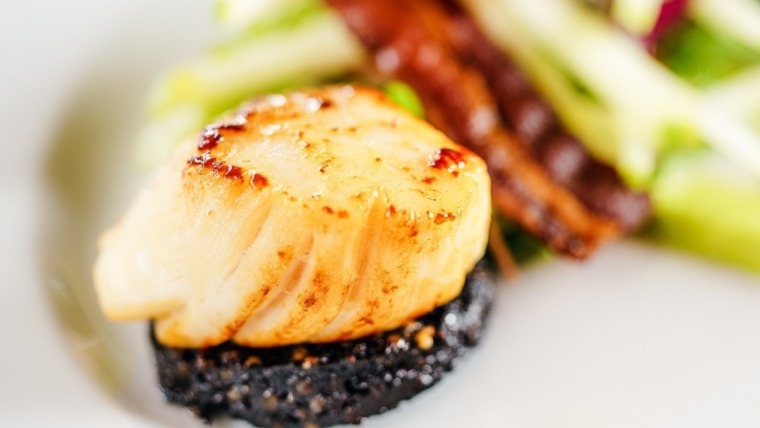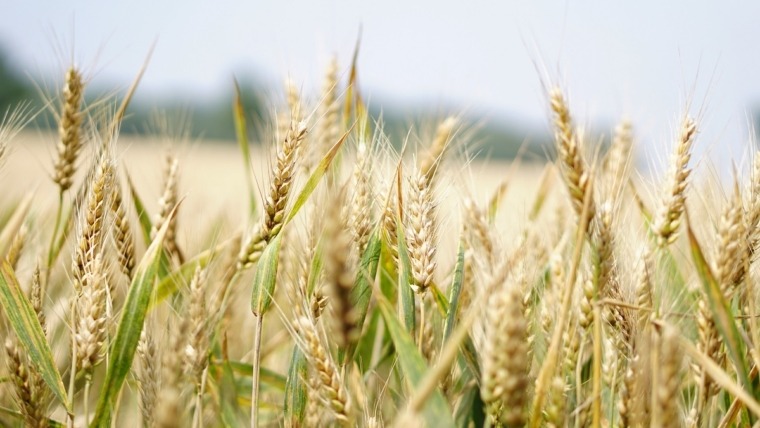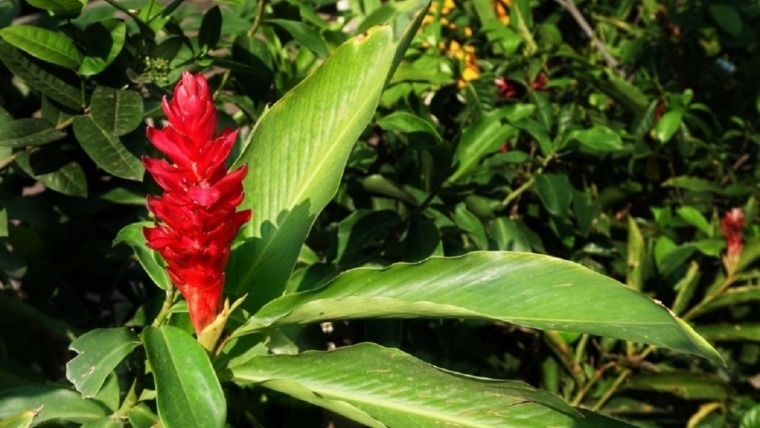
Written by Kevin Kapusi Starow
How popular has this simple vegetable become within the last few years, its rise has been nothing short of meteoric. You can find it in restaurants, cafes, in juices and salads, smoothies and even in health food stores, though what do we know about this wonder vegetable? Lets have a look at this super food in a little more detail.
Kale is also known as leaf cabbage or wild cabbage which unlike the more familiar headed cabbage does not have a central head. Rather it is the leaves that we use as a food source which are either green or purple in colour. Varieties can reach a height of 200+cm though it is the smaller more compact, rounder leaved varieties that are preferred for eating.
History of Kale
Until the end of the Middle Ages (5th – 15th Century), Kale is reported to be the most common green vegetable used in Europe. With the curly leaved varieties popular in Greece from around the 4th century, where it was used as a medicinal food source. It was believed that kale was suitable to alleviate ailments affecting the intestines and the bowels.
Due to its health benefits, during WW2 the Dig For Victory campaign in Britain encouraged the cultivation of Kale throughout the UK. Due to rationing at the time, there was a significant lack of nutrients in the diets of the population. Nutrients which are abundant in this simple leafy vegetable, hence the encouragement to grow, that and the ease at which it is to grow.
Cooking with Kale
Kale is used as a food source in a multiplicity of ways throughout the world, from North America, to Europe, through to Asia.
In Italy you can find Cavolo Nero (Kale) as a main vegetable in the hearty Tuscan bean soup which uses a cannellini or other white bean variety. In the Netherlands Kale is served up with crispy bacon bits, all mixed through a mashed potato. Though in Northern Germany, where there are several festivals to celebrate the hearty leaf vegetable, often with Kale Kings and Queens being ordained. You will find Kale served up as a stew, accompanied by a variety of flavoursome sausages and small cuts. In Sweden it is often served up in a soup with the addition of tasty pork sausages, and similarly in Portugal, though the sausage is often quite spicy.
Kale is still very popular in Scotland and Ireland where it is prepared in a variety of different ways with particular recipes favoured for celebrations such as Halloween.
In the southern States of North America Kale is a favourite cooked green vegetable which is often braised on it own or with other leafed vegetables. It is also used in salads and compliments ingredients such as soy sauce, roasted almonds and peanuts, red capsicum as well as sesame flavours.
Throughout Asia, in particular China, Taiwan, and Vietnam, kale or kai-lan is a popular vegetable, consumed with many beef dishes. In Japan and South Korea it is the juice which is largely consumed as a digestive or dietary supplement.
For Health
- Kale is high in vitamin K, approximately 7 times the daily recommended value.
- There is approximately 20 times the daily value of Vitamin A, vitamin C, vitamin B, folate, and magnesium.
- Kale is also a great source of pantothenic acid, vitamin E, thiamine, and riboflavin.
- It also has several important dietary minerals including iron, calcium, potassium and prosperous.
Take note that these health benefits, vitamins and minerals, are found in raw kale. Boiling raw kale destroys the majority of these health benefits excepting vitamin K.
Consumption of kale has also been attributed with improving the body’s blood glucose levels which is highly beneficial for diabetics. It has also been found that kale can lower the risk of certain cancers, lowering blood pressure and reducing the risk of developing asthma.
Growing Kale
They tell me kale is not that difficult to grow, I am not to sure about that, though it takes only about 7 weeks from planting to harvesting, this is for the edible variety. There are both edible and ornamental varieties, some with some impressive looking flowers, in multiple colours.
Kale is a cold climate plant that requires a semi-shaded area, and of course well fertilized soil, the plant likes moisture and apparently is a target for snails and slugs, because of its delicious leaves. Obviously we are not the only ones who covert the green leafy goodness of this vegetable.
Not sure if you are game enough to grow some yourself, though I assume it would need some room to grow once established. I think I will give it a go in my vegi patch, What is the worst that could Happen?



